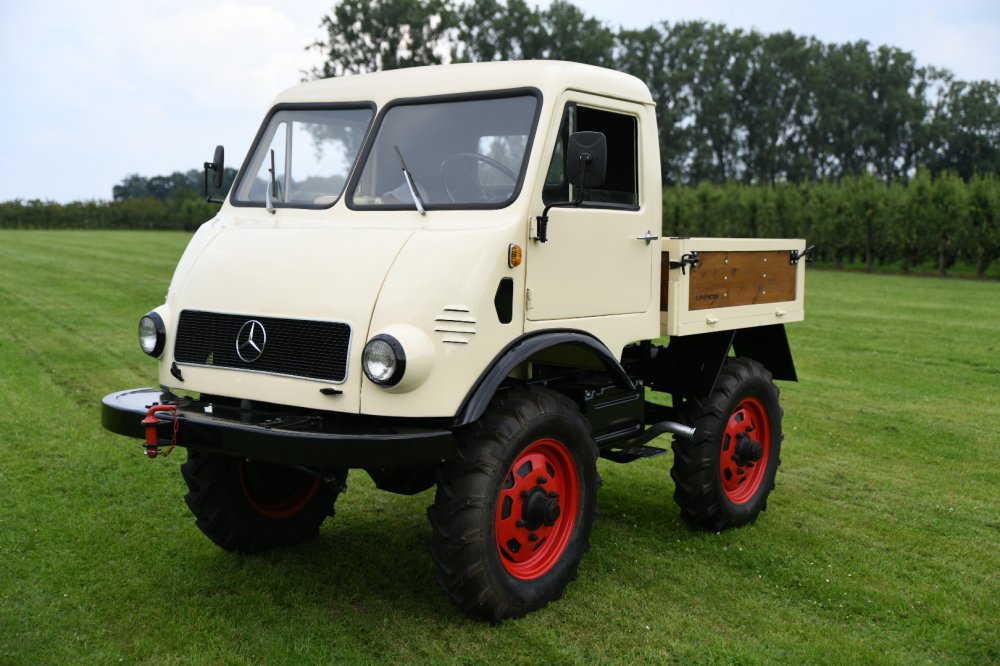
We’ve gotten some flak lately whenever we post a non-German car, so I fully expect to be reminded that the brand Bristol does, in fact, not originate from Germany. Okay, now that we’re over that hump, why is this heap of a Bristol here? Well, if you’re in the know, you already are aware why the Bristol 400 and 401 might make an appearance here; if you’re not, prepare for a bit of a history lesson. Post World War II, many British companies moved in to run German businesses or took advantage of some of the very advanced designs. Two in particular, Frazier-Nash and Bristol Aeroplane Company, involved themselves with BMW. Now, pre-World War II, BMW in truth wasn’t much of an automobile producer. However, BMW had great success with motorcycles especially in the early to mid 1930s, and the success of both Auto Union and Mercedes-Benz spurred BMW’s efforts in sports cars. They ended up producing some fairly stunning designs right before the outbreak of the war, including the Mille Miglia-winning 328 sports car. Featuring a lightweight body and stout 2 liter inline-6, the 328 was an instant fan favorite. The success of BMW’s sporting car designs didn’t go unnoticed by the British companies; notably, BAC decided to develop its “own” car based upon the BMW designs. They utilized the BMW 326 chassis and 328 engine to create a larger grand touring car than the 328 had been. Outside, park it next to a BMW 327 and the Bristol appeared to be nearly a identical copy. Bristol didn’t even bother to hide the lineage, proudly displaying the distinctive kidney grill BMW fans are so familiar with. While the 401 started to deviate the styling slightly from the 400 it replaced, outwardly early models just appeared to be slightly refined and still showed a very similar design to the BMW 327:


